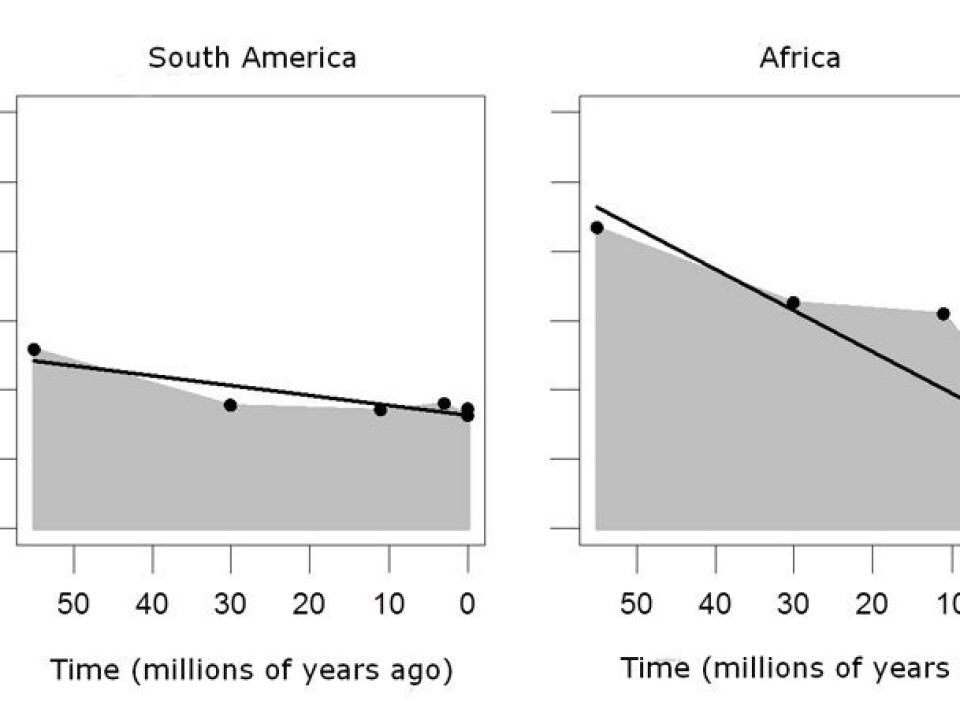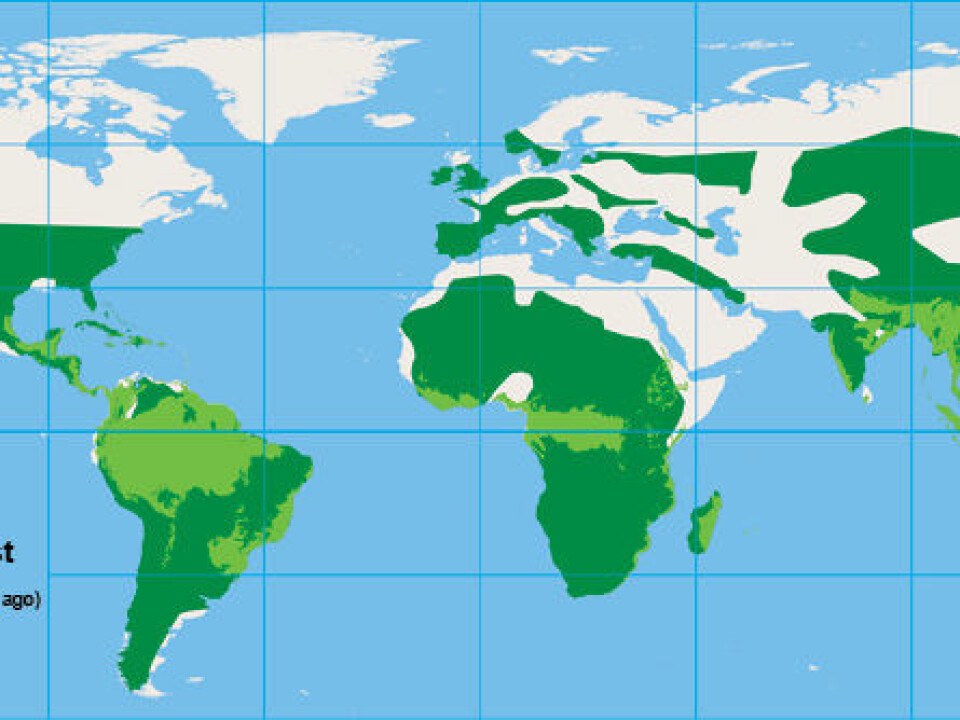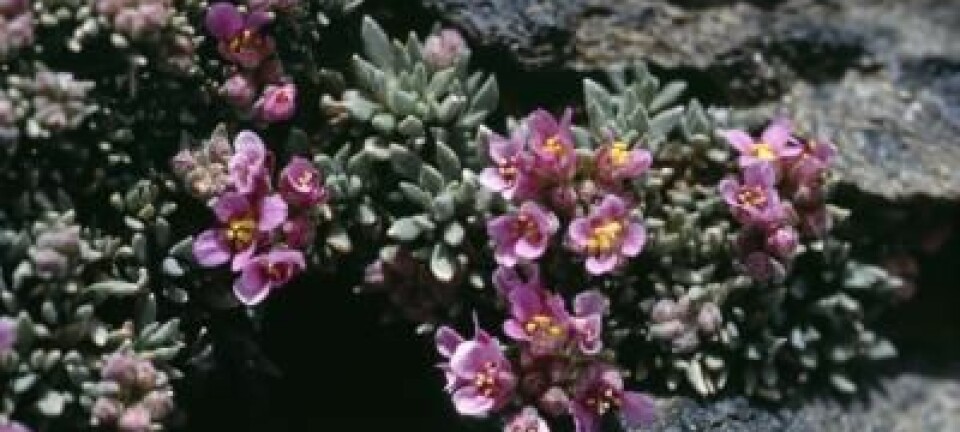
Past climate drives today’s flora
Palm communities in Africa and South America differ greatly because the two climates have evolved very differently.
The structure of plant communities doesn’t only depend on the climate here and now and other current environmental factors, but also on climate changes in the distant past.
”It surprises us that climate changes millions of years ago have had such a strong impact on today’s palm communities in the various tropical regions,” says Professor Jens-Christian Svenning, who together with his colleague at Department of Bioscience at the University of Aarhus, lecturer W. Daniel Kissling, has headed a comprehensive new study of palm communities across the world.
“It’s particularly surprising that the effects of climate change can still be observed millions of years later.”
The findings have just been published in the scientific journal Proceedings of the National Academy of Sciences (PNAS).
Coupling of genetics and distribution

The researchers have studied whether the internal genetic relations of palms in a region is dependent upon events from the past. Their hypothesis was that the composition is shaped by past climate changes.
They have compiled data for all the 2,400 known palm species in the world and studied their distribution using a genetic family tree for the palm trees.
This enabled them to calculate the internal relations of the various species within specific palm communities and relate them to factors such as data about past climate.
Comparing palm communities in Africa and South America proved particularly helpful to the researchers. The two continents are ideal for studying whether there’s a link between the structure of plant communities and past climate because the climate in the two regions has evolved in highly different ways over the past 30 million years.
Today’s climate cannot explain the differences

The family composition of palms on the two continents was found to be highly different, says Svenning.
South America has many closely-related species, while those in Africa are more randomly related.
”It’s not possible to use today’s climate as an explanation of these differences,” he says. “We need to go back in time to understand the differences.”
Palm trees are an ancient group of plants. The first palms appeared in the late Cretaceous period, while dinosaurs still dominated wildlife.
Back then, South America and Africa had the same palm flora. Since then, however, the two continents have gone through highly different climate histories.
- Since those days, South America has had a warm and humid climate, and as a result, the continent has been characterised by tropical rainforest 70 million years ago up to today.
- Africa has seen significant drying-out over the past 30 million years, which has caused the rainforest area to shrink considerably. This is why we humans have adapted to living on the savannah rather than staying in our ancestral forest environment.
“The massive drying-out has caused a severe extinction of the African palm trees,” says the researcher. “And that’s why the African palm trees are dominated by few and randomly related species, which can be regarded as relics from the distant past.”
Unbalanced family tree for South American palms
The difference between Africa and South America in this respect can only be explained by evolutionary theory.
In South America, where the climate was warm and humid, palm trees have had good living conditions, which have provided good opportunities for the evolution of a wealth of new species over the millions of years. The palms have, in other words, developed a high level of diversity.
In practice, such a formation of new species is usually highly unbalanced because only a few groups of species are successful and give rise to a majority of the new species. This is why the active formation of species in South America has led to palm communities dominated by closely-related species, explains Svenning.
African family tree consists of barren relics
Africa, on the other hand, has experienced a great extinction due to drying-out and the subsequent massive shrinkage of the African rainforests.
Which species have been affected and which have survived has been random, which helps explain the random family nature of today’s species-poor African palm communities, he explains.
The new findings challenge the widespread view that it’s the current conditions of the habitat and the competition among the species here and now that determine the structure of the biological community.
“What our study shows is that on the large scale there are completely different factors that play the important parts,” says Svenning.
“The most important one of these is the long-term climate history. Over the past 50 years it has been controlled by a general cooling of the Earth, coupled with a decline in CO2 levels and changes in the distribution of the continents.”
--------------------------------
Read this article in Danish at videnskab.dk
Translated by: Dann Vinther






